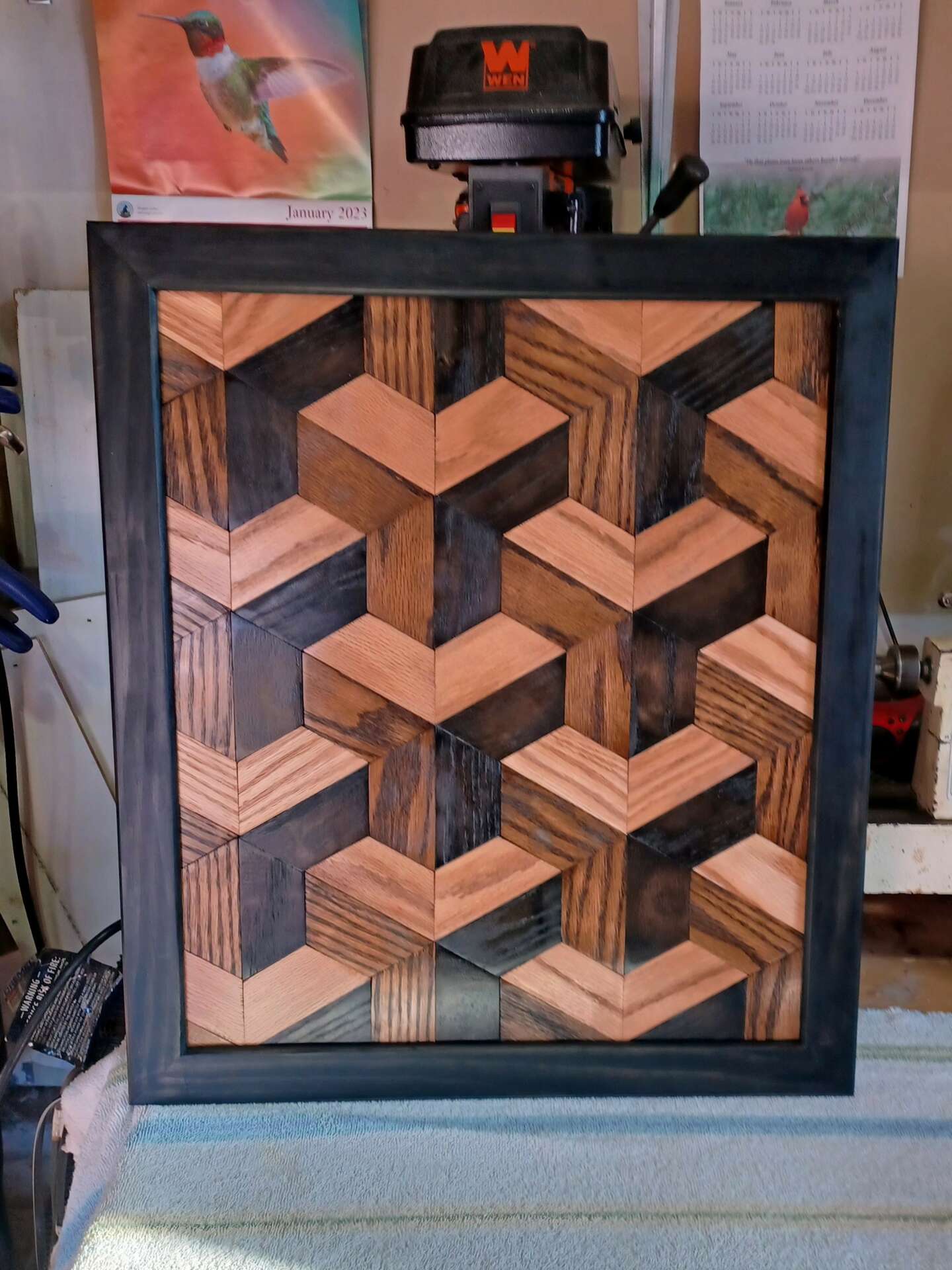We recently connected with Bryce Piper and have shared our conversation below.
Alright, Bryce thanks for taking the time to share your stories and insights with us today. How did you learn to do what you do? Knowing what you know now, what could you have done to speed up your learning process? What skills do you think were most essential? What obstacles stood in the way of learning more?
I was an active duty Marine stationed in Iwakuni, Japan. I took a pen making class and began spending more and more time at the woodshop, learning basic woodworking. I learned a lot through teaching and experimentation, but wish I had tapped in to the knowledge of the professionals there more than I did. Now that I’m back in the States and using my own tools, when I’m stumped on the best way to make or do something I have to rely on online videos. That’s fine, but you can’t ask a video a question.
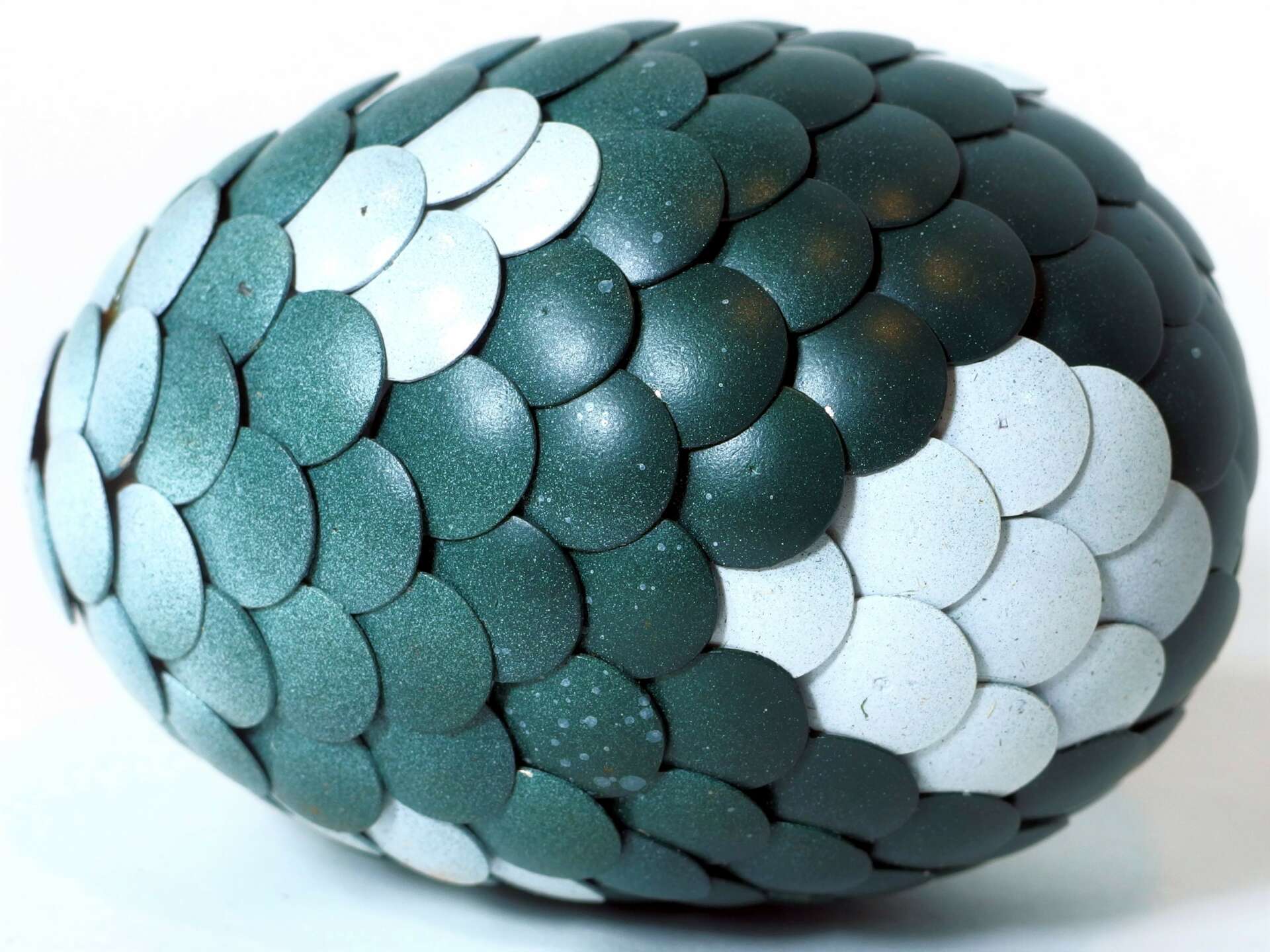
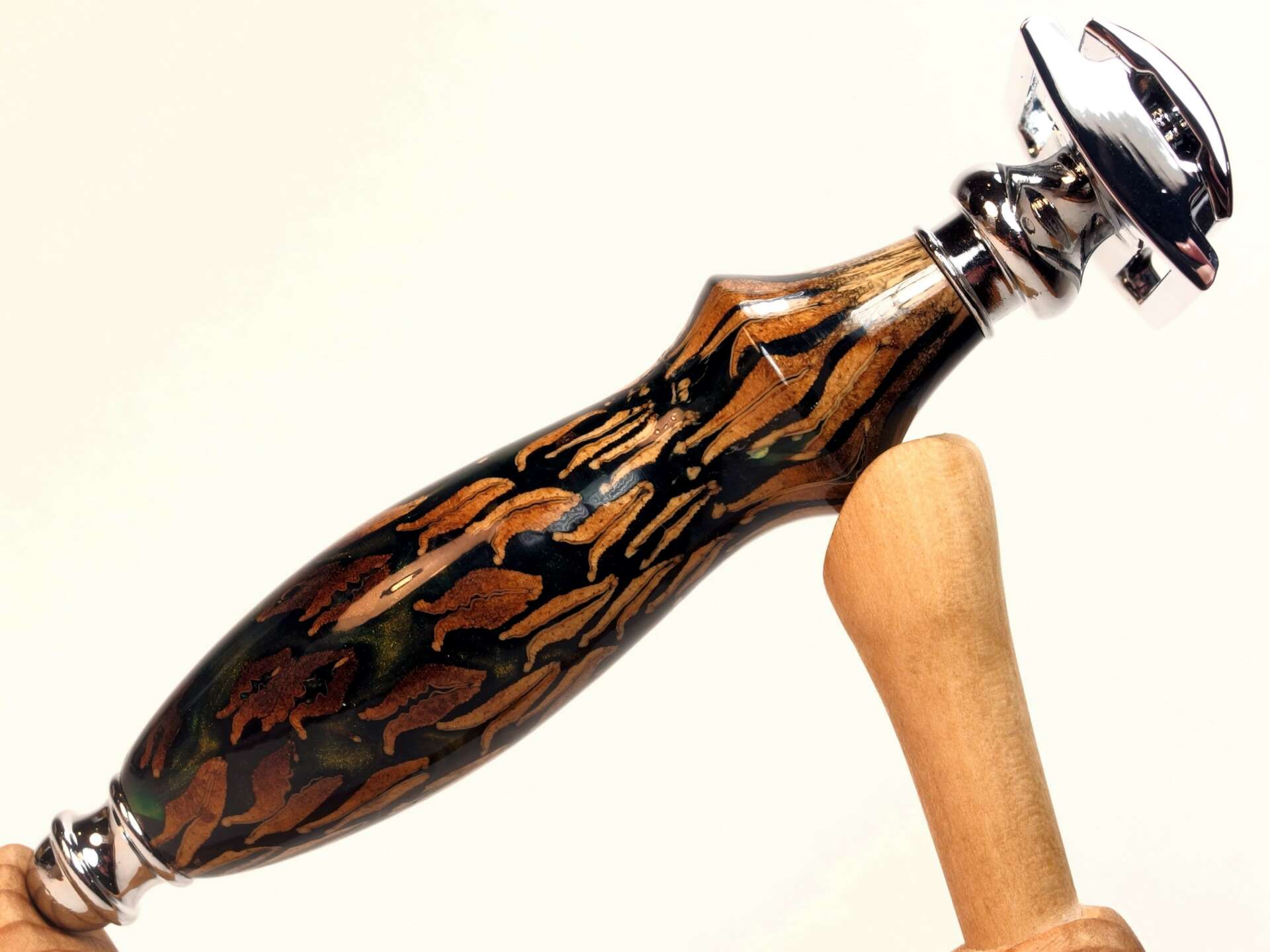
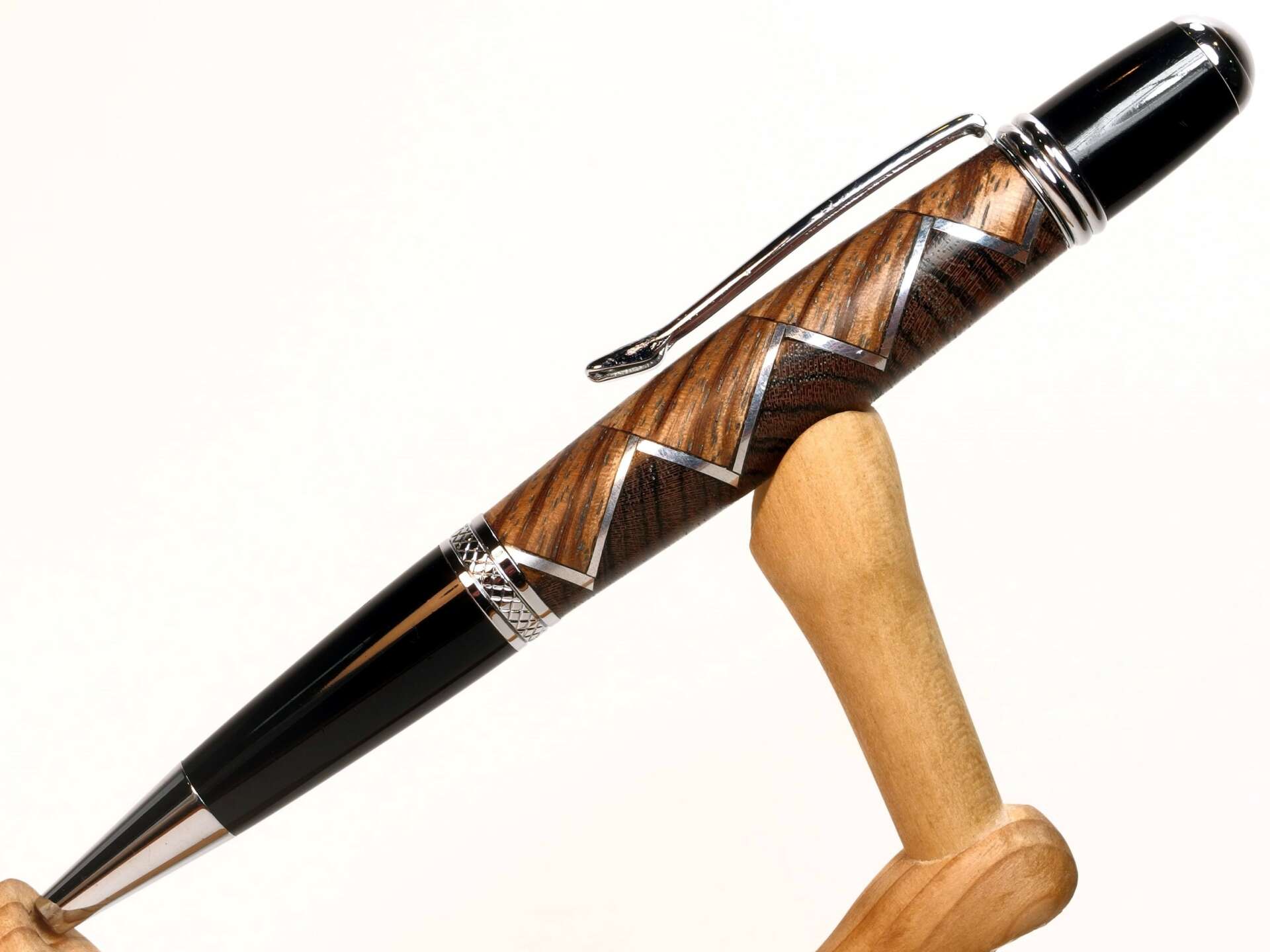
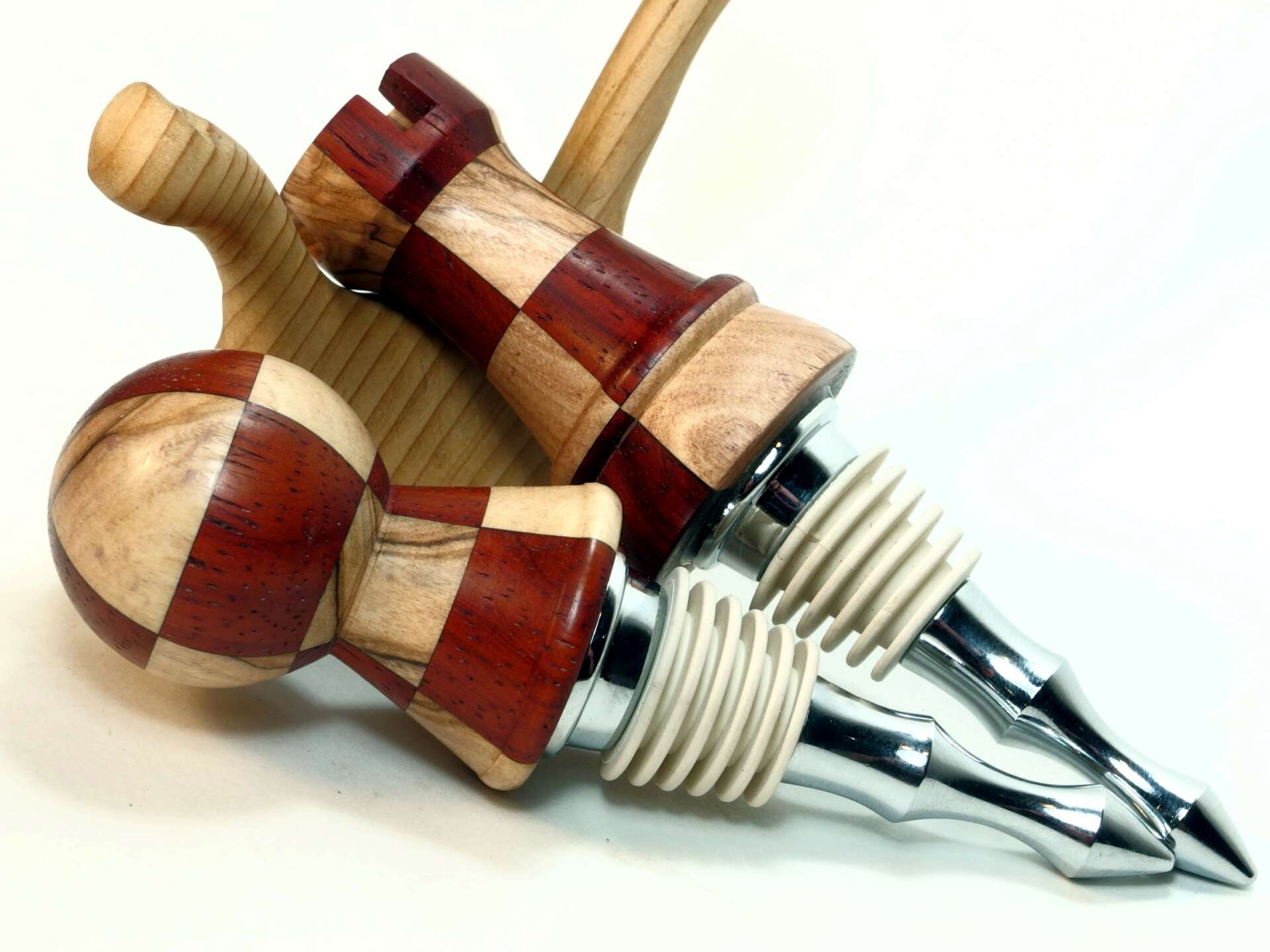
Great, appreciate you sharing that with us. Before we ask you to share more of your insights, can you take a moment to introduce yourself and how you got to where you are today to our readers
Art can be anything. You can see amazing patterns and detail in woodgrain if you stop and take time to look. I make a lot of handcrafted pens, and the greatest hurdle I face is overcoming the ‘pen paradigm.’ Because writing instruments are so prolific and cheap many people dismiss handcrafted pens, stuck in the idea that it’s ‘just a pen.’ Sure, for a few cents or often for free, you can have a perfectly functional writing instrument cranked out of a factory. But if you choose, you can have a beautiful work of art to take with you and admire every day, which also happens to function as a pen. There’s just something special about a Celtic knot or harlequin pattern or herringbone in rich wooden hues you know were cut and sanded with care by an artist applying years of experience to produce. With every order, I include a free promotional pen that says, “My other pen is a work of art.” One can look at my other artwork and similarly say, ‘Well, anybody can do that.” Of course that’s true. But I did do it, and isn’t it beautiful? I include a free pen with those pieces as well, knowing my clients will understand.
How can we best help foster a strong, supportive environment for artists and creatives?
I’m very lucky in that where I live, many communities value local artists. I’m a short drive to Manassas, Occoquan, Ashland, Richmond and Fredericksburg (all in Northern Virginia), which host multiple art and craft shows each year. One of my favorites is Fredericksburg’s Art Attack, which features artists up and down the sidewalks of downtown drawing and painting and creating in their various mediums. That’s something every community can and should do. I grew up in a town about the size of Manassas but can’t remember a single art event growing up. I think community leaders would be pleasantly surprised at the support, participation and relative ease of hosting such an event, which will grow in popularity each year. Some may think “small” or starting-out artists might be reluctant to show their work, but you don’t have to be Rembrandt or Picasso. You can just be Mrs. Smith, who crochets blankets in her free time, or a high school student with a passion for pyrography. These kinds of events produce more than clients, they get you in front of prospective partners or teachers and enrich local communities, whose residents are now a little more proud of their town and its local artists. They encourage people to show their work and be proud of what they produce.
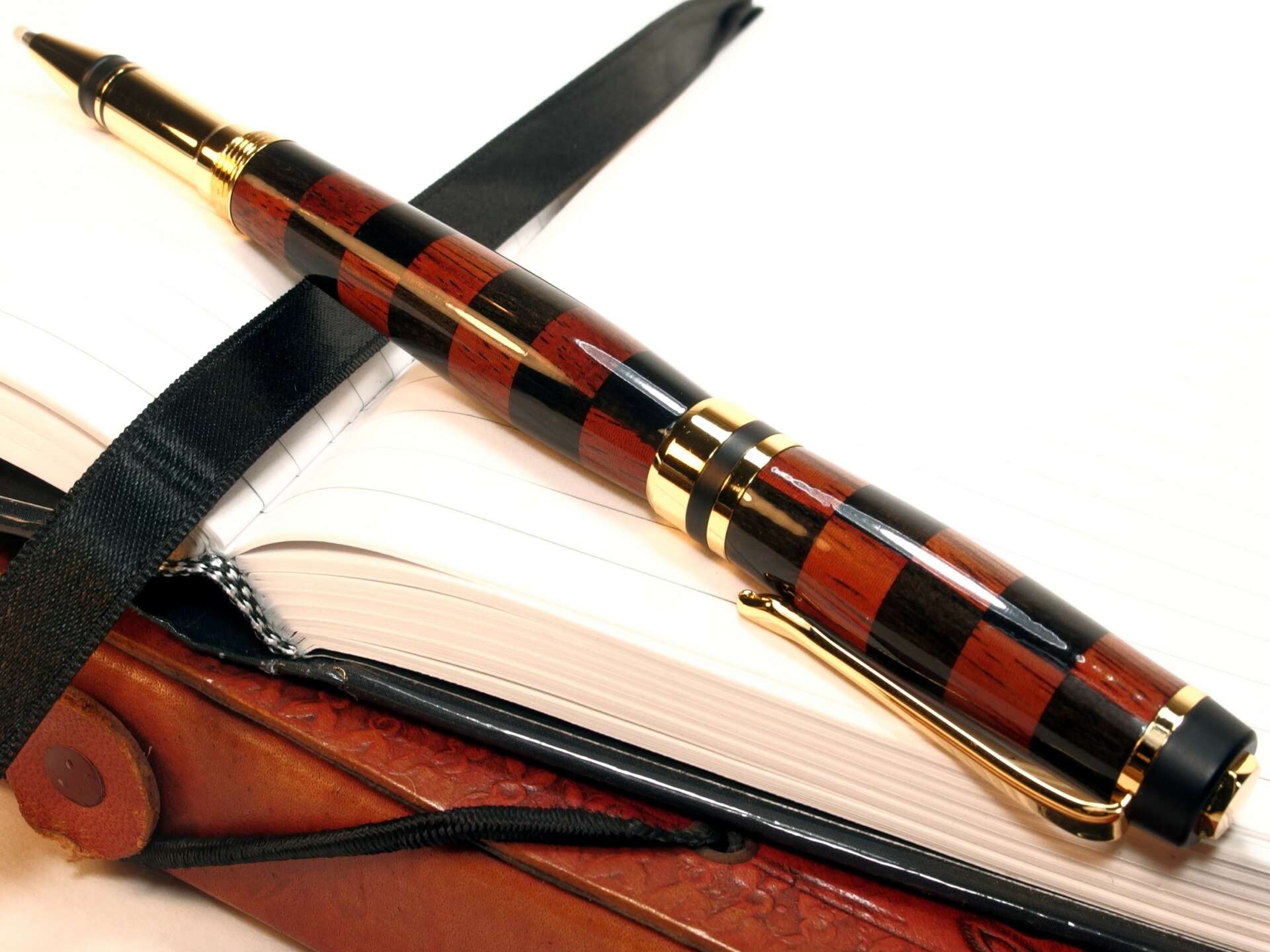
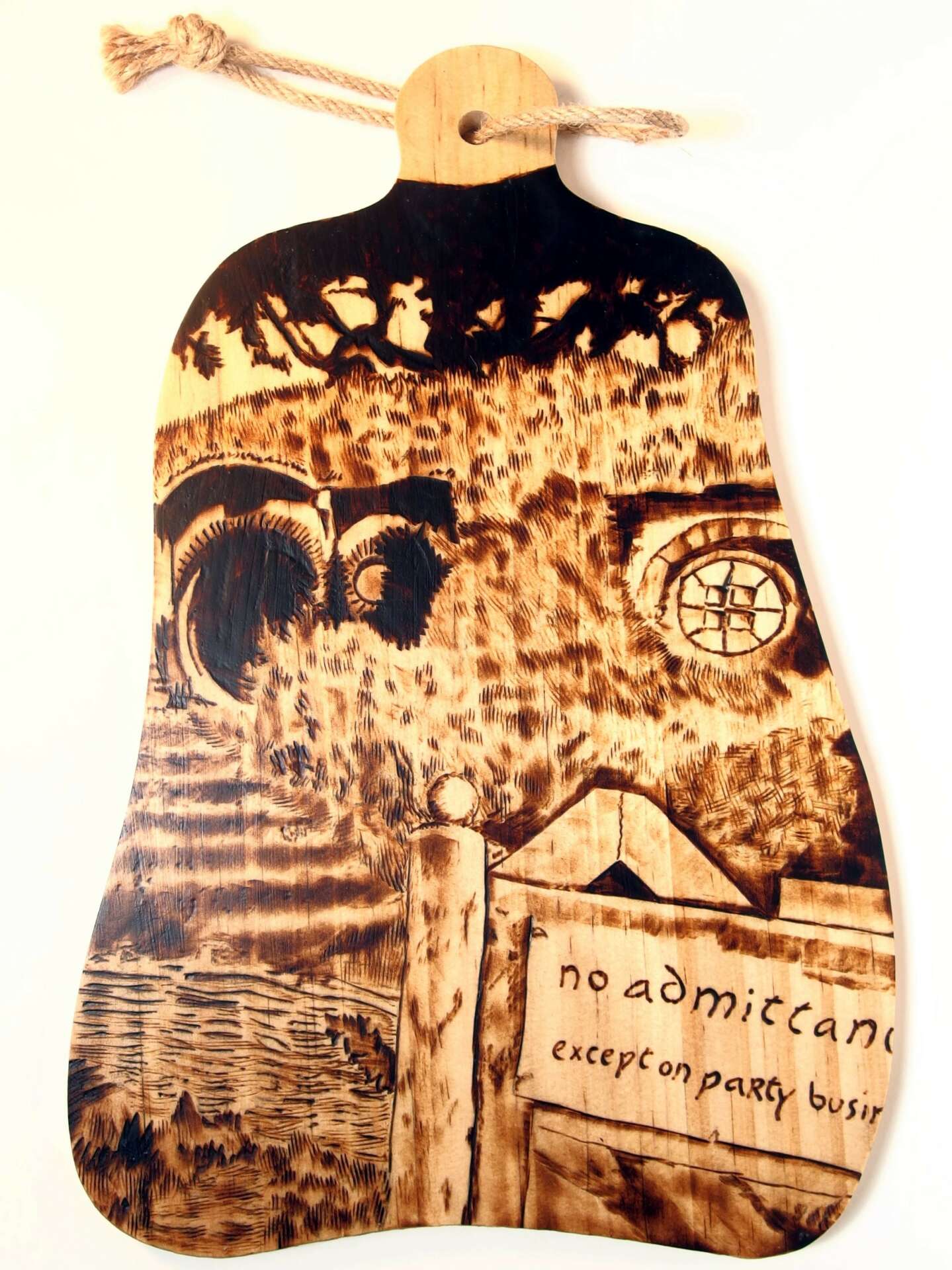
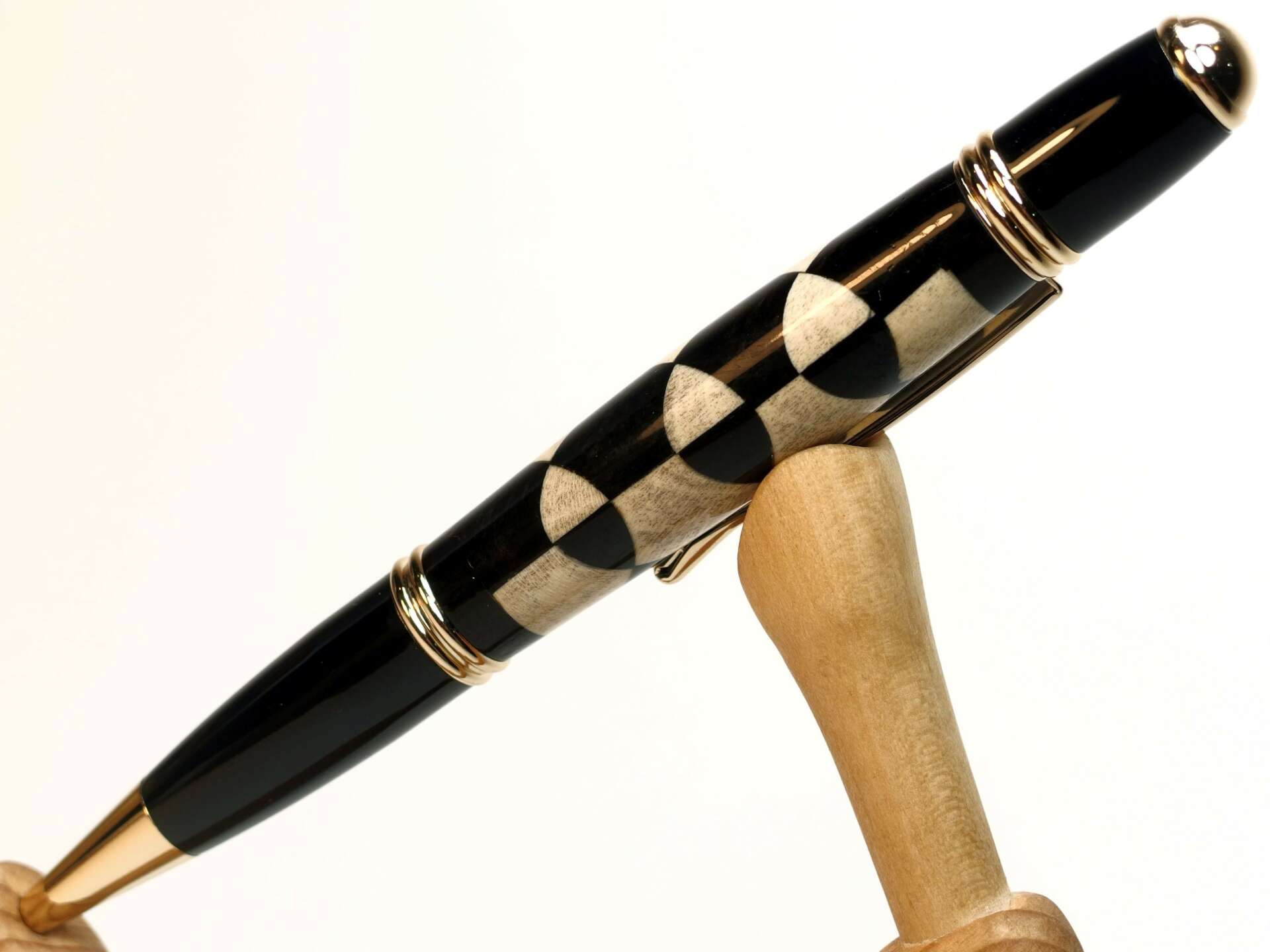
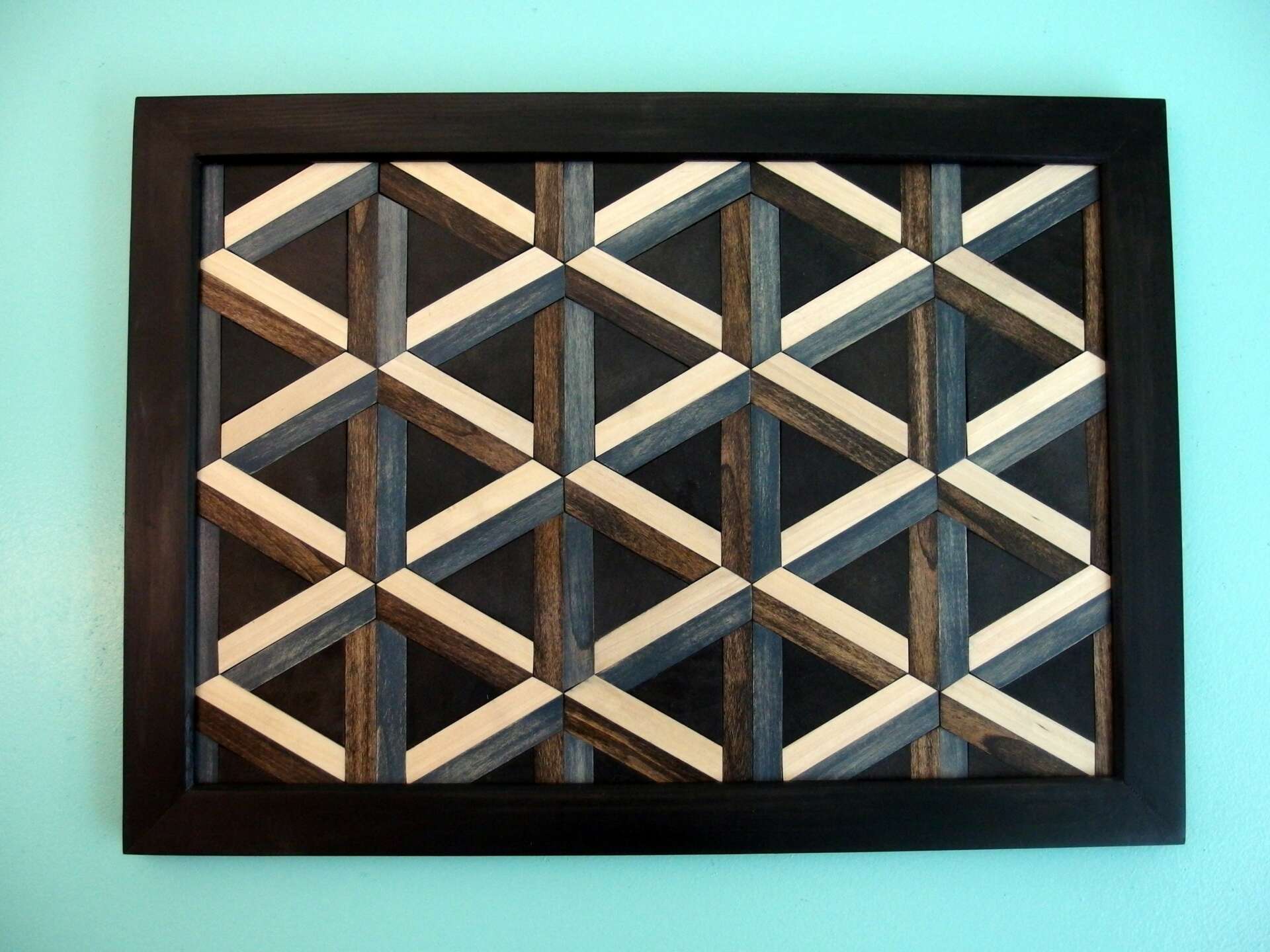
Is there something you think non-creatives will struggle to understand about your journey as a creative? Maybe you can provide some insight – you never know who might benefit from the enlightenment.
Picture a man retiring from the Marine Corps after 22 years of active duty. There are some stereotypes and paradigms (many of them true) that go with that. Many of my friends and social media followers are also active or retired military. I’m sure they and my extended family see my work and think, ‘Well that’s neat and all, but why doesn’t he do something worthwhile?’ But the thing is, making this stuff is fulfilling. I don’t claim to be Rambo, but I did get shot at and almost blown up in my brief time in Afghanistan. There’s something about bullets whizzing by your head that helps put things in perspective, and I still carry some of the baggage that goes with those events. Working on my art lets me focus on what’s in front of me to the exclusion of everything else, which is very cathartic. Producing something beautiful is a good, fulfilling feeling. When clients order and especially when they write to tell me how happy they are with my work, that’s a great motivator to keep doing what I do. There’s no way I could punch a clock now or participate in corporate shenanigans. I’m not going to say what I do is a calling or that I’m compelled to do it. I enjoy making art. I enjoy sharing it. That’s enough.
Contact Info:
- Website: www.etsy.com/shop/HopeAndGracePens
- Instagram: www.instagram.com/hopeandgracepens
- Facebook: https://www.facebook.com/HopeAndGracePens
Image Credits
Photo by Bryce Piper


